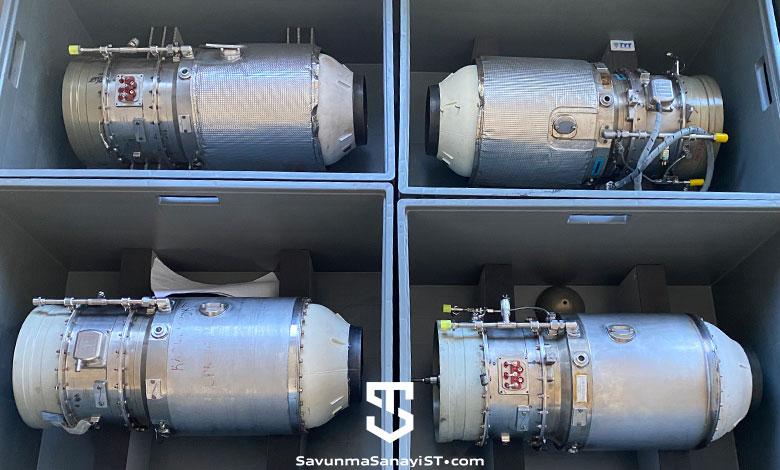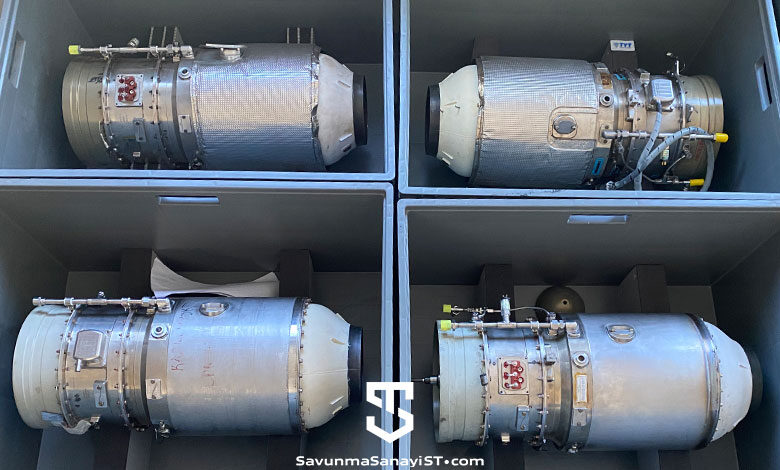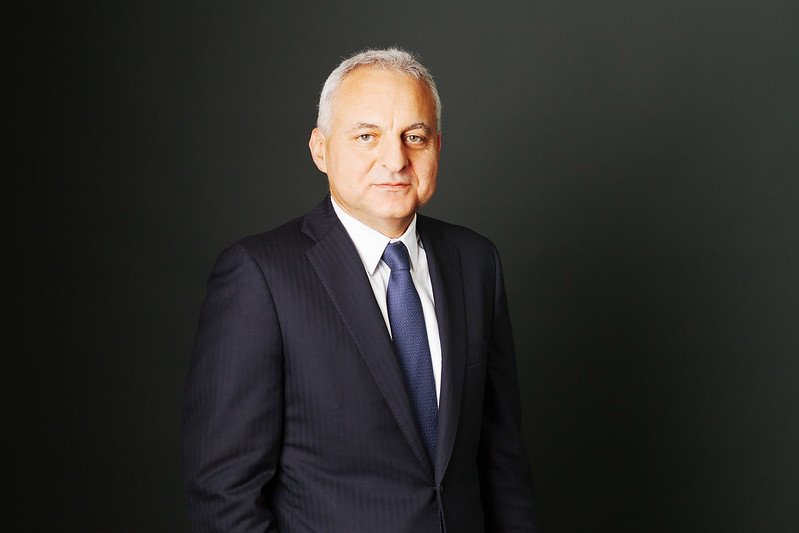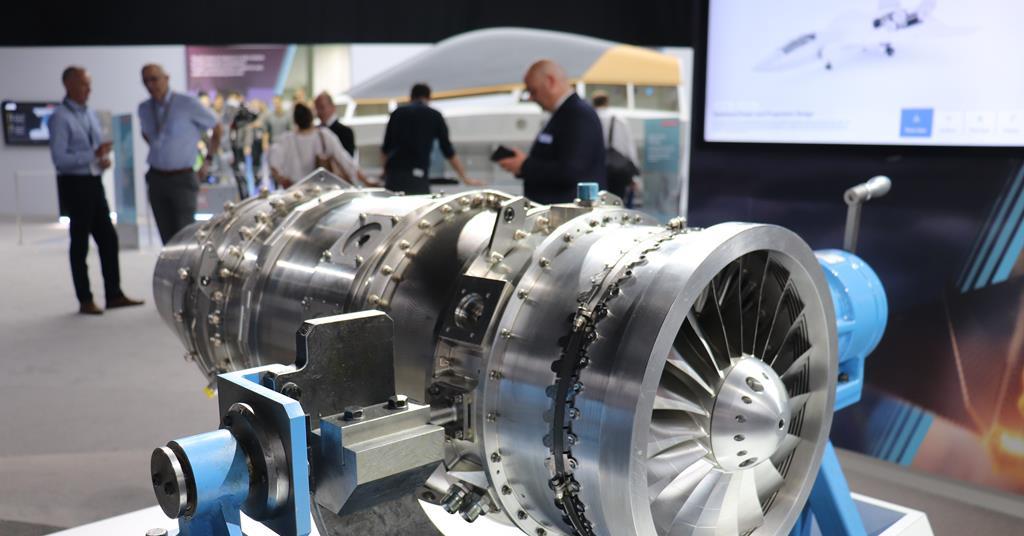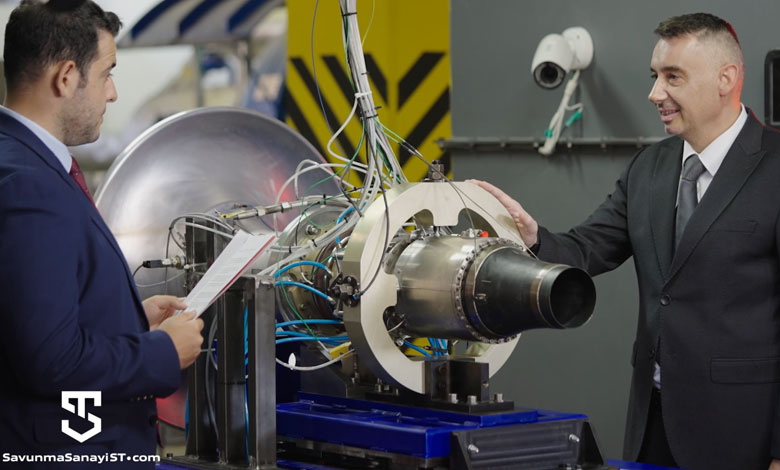Being a designer and producer of a complete gas turbine engine is one thing and being a part of a big player’s eco system is another. There are many companies that produce critical parts for the likes of GE, RR, P&W and CFM.You should not forget Avio Aero(formerly Fiat) and GKN Aerospace Engines (formerly Volvo Aero). Avio Aero has for long been a leading manufacturer of gas turbine gear boxes whereas Volvo in casing and liners. Also apart from IHI, JAEC member companies, esepcially MHI is heavily involved in gas turbines, including gas turbines for aero engines and have reputable technology. Honorable mention goes for ITP of Spain.
You'r not doing any justice to what MTU means in the industry. They have been the industry leaders in devloping and manufacturing Blisks, a lot of breakthroughs originating from their labs and factories. Moreover, you shouldn't confuse yourself between if a country/company is not trying or cannot try. Lots of European nations, notably Germany, Italy and Sweden, are a core part of integral global gas turbine industry eco system.
Yeah, that's just delusional. IHI has already showcased their abilities of developing and manufacturing an extremely efficient turbofan with 2050K class TIT, aka XF-9. Where's Türkiye? Oh right, 1700K. The Japanese were important industry suppliers for decades, especially in the field of gas turbine shafts. They have also been RSPs of high-profile gas turbine programs. They are part of the leading edge of material science and engineering, pioneering composites and CMC. Not to forget they've partnered with UK in the past to bid for engine supplies for B737, although they ultimately lost out to CFM. Türkiye is not in any way comparable to any of the countries mentioned above. Don't even think of Safran.
That's not to say that Türkiye has done nothing. They've shown and is showing very respectable progress in the fields of gas turbine but in the same time, you shall not get ahead of yourself. No one's standing still.
View attachment 46389
Avio-Aero is now part of GE eco system. Same is valid for some of the other players. There is a lot of cross fertilisation among all these old and new manufacturers; Most of them in the form of joint ventures and being part of consortiums like CFM and RR. It is also a matter of financial and commercial strength in the market. Even if some of these somewhat smaller companies have the capability to produce a completely new engine, they don’t. The market is dominated by the big ones.
So when it comes to real time complete package of modern jet engine manufacturing capability, you really have 7 big players in the West. Even then the likes of MTU and IHI are under the wings of the likes of RR or GE



